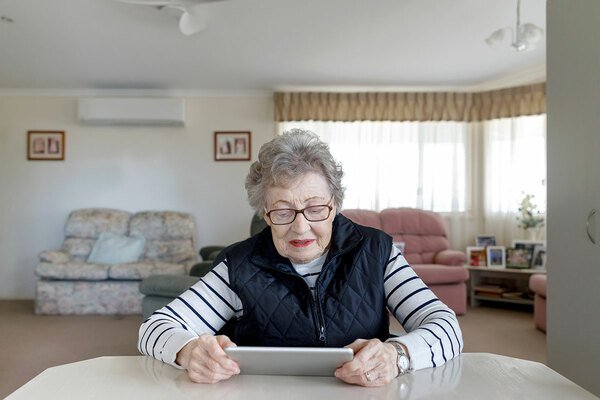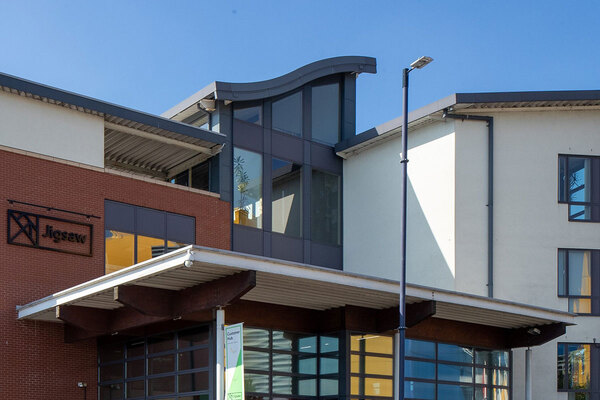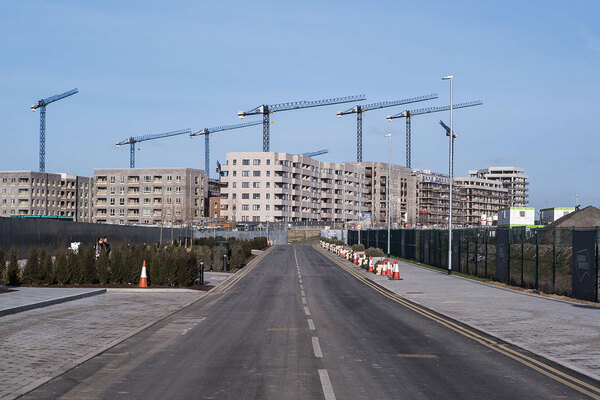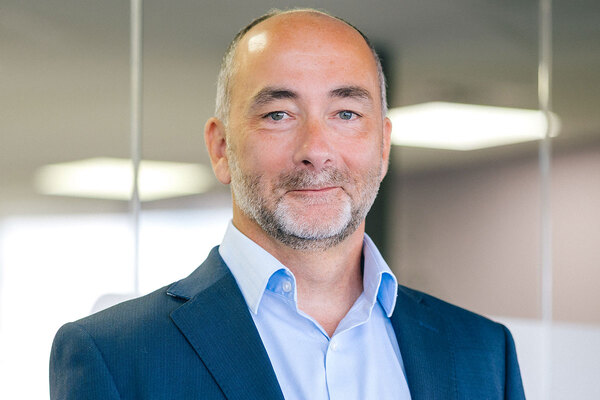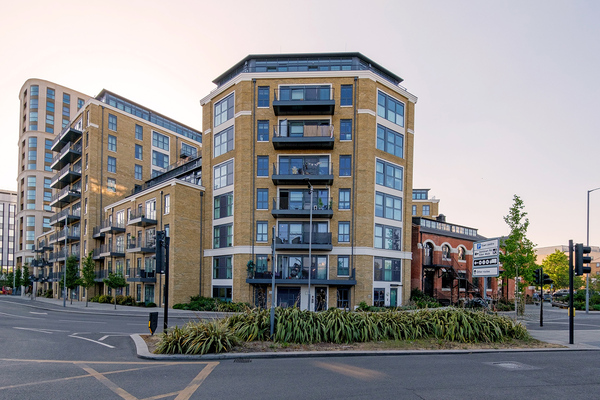The pandemic highlighted how digital exclusion can exacerbate inequalities: how can landlords address this?
The past year has shown how lack of connectivity or digital skills can limit all areas of daily life. Ensuring people are not living in digital poverty needs to be a priority, says James Prowse, regional manager at broadband provider Hyperoptic, as he calls upon social housing providers to put it at the top of the agenda
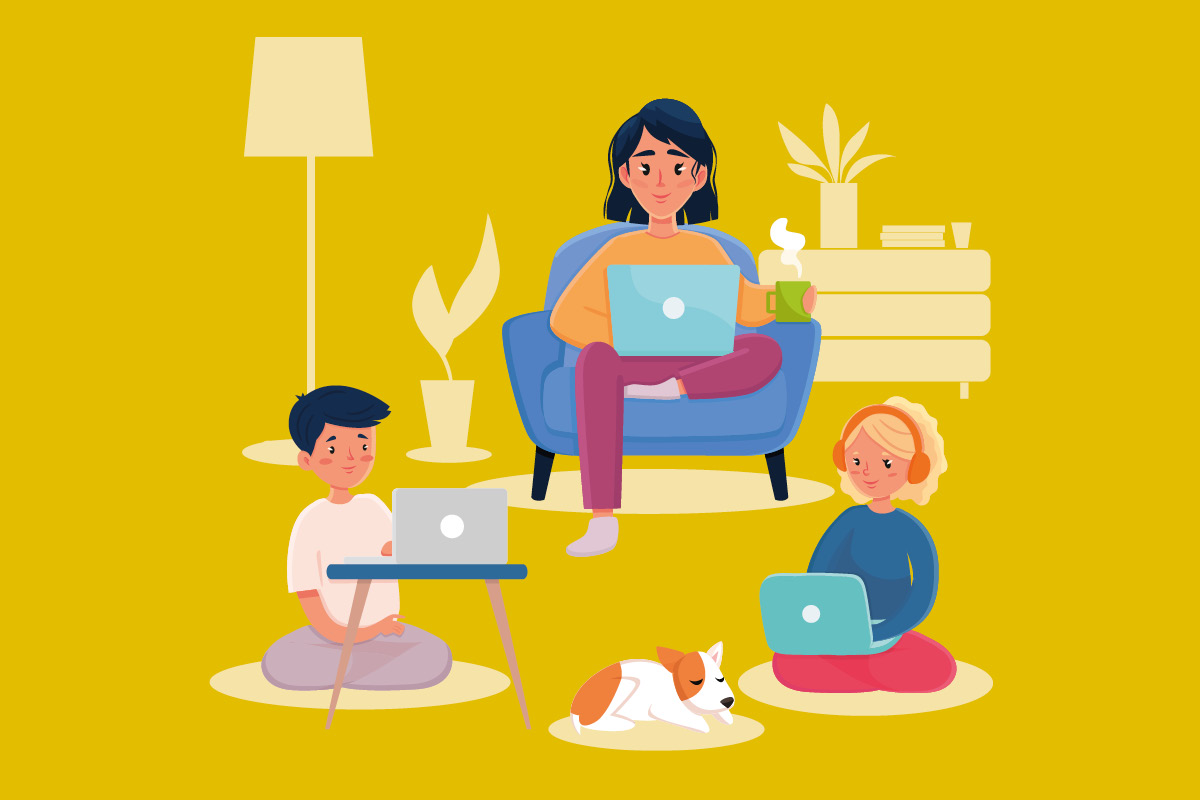
In association with:

How significant an issue is digital exclusion among social housing tenants?
Recent studies have estimated that around 11 million people in the UK are digitally excluded – in other words, they do not have the equipment, connectivity or skills to use the internet or online services. Of those, approximately a third are in social housing.
There are several reasons for this. Often it is a financial issue. Many of those in social housing will be on some form of benefit – whether a pension, housing benefit, or Universal Credit. Even if they have a smartphone or tablet, they may struggle to have internet access because contracts that would support that are prohibitively expensive. In other instances, people may not have the ability or confidence to access the internet.
Whatever the reason for someone’s digital exclusion, we know that it serves to further exacerbate existing inequalities.
What are some of the big consequences of tenants being digitally excluded?
Internet access equates to social connectivity, to the ability to improve your education and your work prospects. What that means is that a lack of digital connectivity significantly affects well-being.
This is not a new discovery – the evidence has been out there for a while. At Hyperoptic we have worked with housing charity HACT over the past couple of years, for instance, to look at the impact of digital exclusion and prove its significance. We’ve sought to understand and measure that impact on well-being, and that research informs our approach to the social housing sector.
The pandemic has served to highlight and increase that impact. If you are in a care home, digital exclusion has meant you have not been able to see your family for many months. If you are a young person, you have not been able to properly access education that moved to solely online – which may affect your future prospects. Tower Hamlets, a London borough with which we work, came to us early on in the pandemic and told us they were worried about the number of children who could not join online learning because of a lack devices or a fast internet connection.
Where pandemic pressures have led to people losing work, digital exclusion has meant it has been more difficult to apply for a new role – not least because libraries were also shut during lockdowns. If people have had a job in which they can work from home, a lack of digital access will prevent them from doing that work efficiently.
Day-to-day activities such as shopping and accessing healthcare have also in many instances moved online. So if you are digitally excluded, that touches on more or less every aspect of your life and your well-being.
If social landlords are seeking to support their tenants – to build communities and promote opportunities and shape places – then enabling digital inclusion needs to be a key consideration.
James Prowse is regional manager – social housing providers and local authorities at Hyperoptic. He has worked in the property industry since 1993 and joined Hyperoptic in 2013.
He works with social housing organisations and housing developers to help build stronger communities through fast internet access.
How does digital exclusion impact on the relationships social landlords have with their tenants?
It is a significant and multifaceted issue. We know that the social housing sector needs to find more efficient and effective ways to remotely connect with people. That’s been true for a while, but it’s been made more urgent by COVID-19 and by plans for a new consumer regulatory regime.
Digital is an obvious means of building stronger and more engaging relationships with tenants. It is a potential route to making it easier for residents to report needed repairs, to pay rent, or to access important documents relating to their property. So a lot of social landlords are, understandably, trying to move to this sort of set up. But, of course, it is never going to be an option for people who are digitally excluded.
How can social landlords address digital exclusion? What are the benefits of going down this route?
We are working with a wide range of social landlords who are on different parts of that journey. The first step is always the same: it is about finding the space and the time to say: “What’s our strategy? What’s our approach to delivering new infrastructure or new connectivity options to residents?”
In numbers
11m
People in the UK who do not have access to the internet
1 in 3
Proportion of that 11 million who are in social hosing
Landlords will need to understand where the specific challenges are. Is it a lack of connectivity that is the problem, or is it a lack of skills and confidence to make the most of internet connectivity that is already there?
Realistically, it will likely be a bit of both. There probably is not going to be one silver bullet which solves the problem of digital exclusion in a community.
In any case, connectivity is the issue that needs addressing first. Landlords need to consider how they can support fast and affordable broadband access for their tenants. Once connectivity is in place, then it is possible to identify those who are still struggling to use the internet. This is something that we think there is a big opportunity for us to work on with our clients and social landlords.
Together with the charity Citizens Online, we are seeking to find out the key points or interactions that make clear someone is struggling with online access. Then we think about how we can help give someone the skills to comfortably navigate using the internet.
This process does take time. For instance, we have offered free internet to families with young people in education for this school year. It’s made a big difference, but it is the sort of conversation that is only possible to have once connectivity is in place. I would encourage landlords to start on this journey now – put the infrastructure in, and then there is a chance to talk about how to support the needs of communities and ensure maximum social value from digital access.
Which teams within social housing organisations should take responsibility for addressing digital exclusion?
Too often delivering internet access or giving tenants a choice of broadband provider is considered solely an IT project and so viewed in that silo. But actually it is a housing quality project, and a community project, and a customer communication project, and an employment and growth opportunity as well. There are a whole host of benefits that are relevant to so many aspects of a social landlord’s work.
It is also relevant in the broader context of a place. Ensuring people are not living in digital poverty should be equally important to local councils, to education partners, to health partners, to third sector organisations working with marginalised groups.
In short, I think there is a very strong argument that this is an issue that should be a priority on the agenda of board members in all social housing organisations. This issue is about so much of what their organisations do, and how they work with other partners to create strong communities.
Related stories

